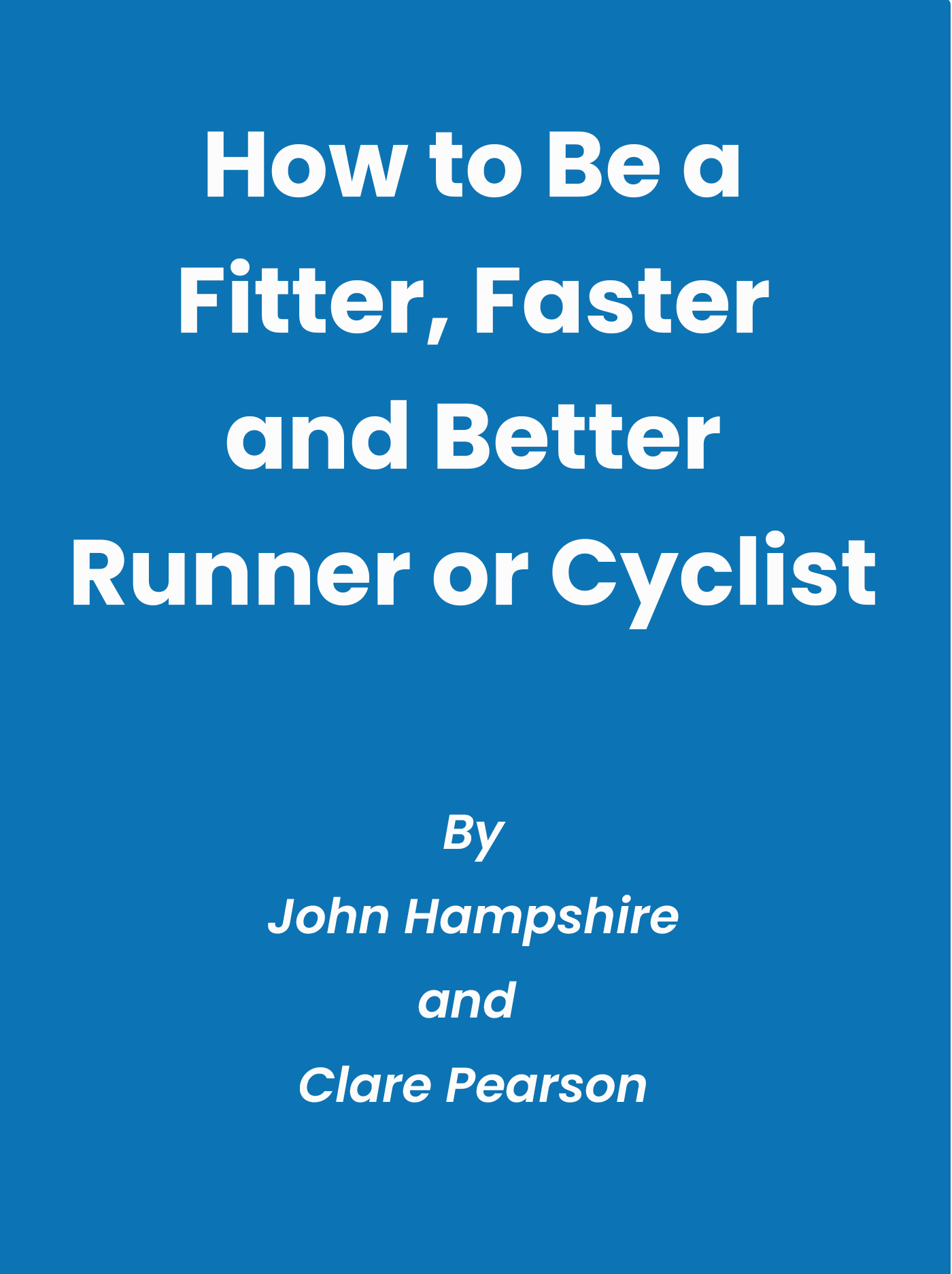Your Fitness Tracker is not Your Coach

The Human Element in Training Decisions
As a coach, I experienced something recently that perfectly illustrates a challenge many athletes face: the tension between what our fitness trackers tell us and what our bodies actually need.
Last Friday, I scratched a race after noticing unusual fatigue and an unresponsive heart rate—classic signs something wasn't right. Sure enough, I became ill that night with what appears to be a viral infection. While recovering, I've observed something interesting: my Coros app is alerting me that my "fitness is decreasing," while my WHOOP shows I'm "well rested" (though thankfully still recommending light indoor activity during illness).
This experience highlights an important reality for all athletes: your fitness tracker is not your coach.
The Data Paradox
Fitness tracking devices provide unprecedented access to personal metrics—recovery percentages, training load numbers, sleep quality scores—all quantified and presented as objective truth. This data can be incredibly valuable, but it's also fundamentally limited in important ways:
Data Without Context
Tracking apps typically operate within narrow parameters. They measure what they can measure, not necessarily what matters most. When my Coros indicates my "fitness is decreasing," it's likely referencing a chronic training load algorithm rather than actual fitness. We know these aren't identical because peak performance often occurs after a taper when chronic training load drops slightly.
Missing the Human Element
Even the most sophisticated algorithms can't fully account for:
- Illness and infection (beyond basic HRV and resting heart rate changes)
- Psychological readiness and stress
- Nutrition status and hydration
- Race or event-specific fatigue patterns
- Long-term athletic development needs
- Personal history with similar training patterns
The Compulsion to Train
For athletes with strong training compulsions—and I've worked with many—these seemingly data-driven analyses can become problematic reinforcement mechanisms. When an app declares your fitness is "decreasing," it can trigger anxiety and push athletes to train when rest would be more beneficial.
I've coached athletes who ignored obvious illness symptoms because their recovery metrics looked "good enough," resulting in prolonged illness and ultimately much greater fitness losses than a few strategic rest days would have caused.
Interpreting Data Through a Human Lens
So how should athletes use these tools effectively? Here's my coaching perspective:
- Treat data as one input, not the final word. Your subjective feelings, especially unusual fatigue or illness symptoms, should always take precedence over an algorithm's assessment.
- Understand what metrics actually measure. "Fitness" scores are typically measuring training load accumulation, not actual performance capacity. Recovery scores reflect physiological readiness markers, not whether training is appropriate given your full context.
- Learn your personal patterns. How do your metrics typically respond to illness, heavy training blocks, or tapering? Your individual patterns matter more than generic interpretations.
- Integrate multiple information sources. Combine device data with subjective feelings, coach feedback, and performance metrics for a complete picture.
- Remember the purpose. Fitness trackers exist to serve your athletic development, not the other way around.
- Know the trends. Trends in data are often far more useful than one data point, so know your trends; one day where your hrv drops may not be significant, two or three days in a row where the reading is outside the norm might cause me as a coach to start investigating.
The Value of Human Coaching
This is precisely where coaching provides irreplaceable value. A good coach integrates:
- Physiological data from devices
- Personal knowledge of the athlete's history and tendencies
- Understanding of sport-specific demands
- Adaptation patterns observed over time
- Contextual factors like illness, life stress, and recovery capacity
- What the athlete is saying; the athlete is the expert on themselves so if an athlete tells me they feel off when all the data points another way I go with what the athlete says
No algorithm can replace this integrated approach. The coach sees the forest while the devices focus on individual trees.
A Balanced Approach
I'm not suggesting we abandon fitness tracking—I use these tools myself and recommend them to athletes. The data they provide is valuable when properly contextualized. But we must maintain a hierarchy of decision-making that places human judgment above algorithmic suggestions.
When you're sick, rest. When you're healthy but unusually fatigued, modify. When you're fresh and metrics align with how you feel, train with confidence. Let your devices inform these decisions without dictating them.
Remember that the most sophisticated training tool you possess isn't on your wrist or phone—it's your ability to integrate information thoughtfully, with or without a coach's guidance.
Better Decision-Making with Human-Centered Tools
This balance between data and human judgment is precisely why we've developed our traffic light tracker system. Unlike standard fitness apps that provide isolated metrics, our system integrates multiple data points with contextual factors like illness, life stress, and recovery capacity to give you clear, actionable guidance.
Our traffic light approach provides you with the tools to self-analyse and reflect on data points outside of measured metrics. This provides you with the opportunity to see positive patterns where they exist and negative patterns to be addressed.
Subscribe to our blog
Please share with your friends
Other articles you might like
June 20, 2025


Comments